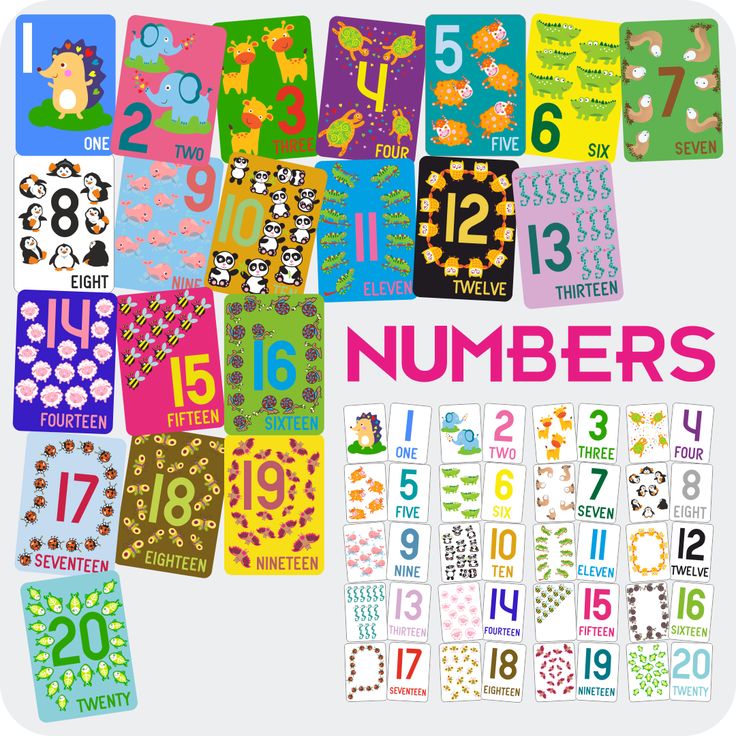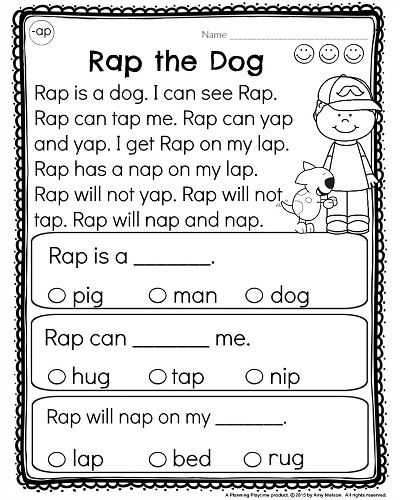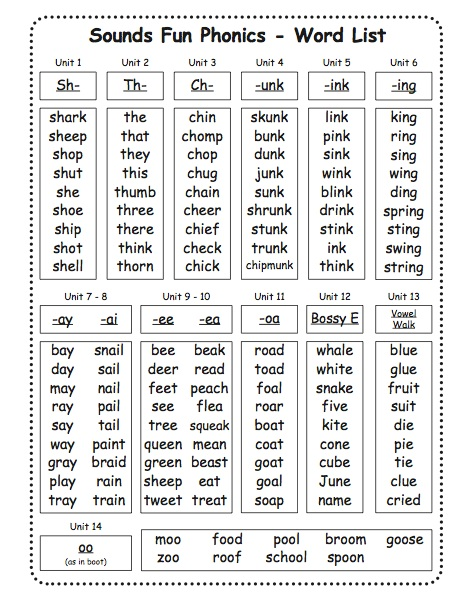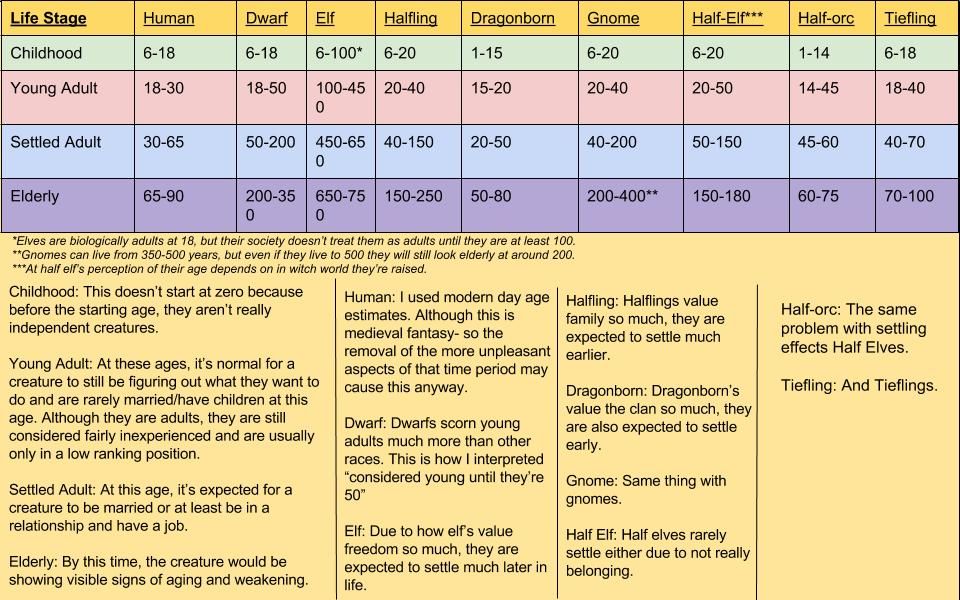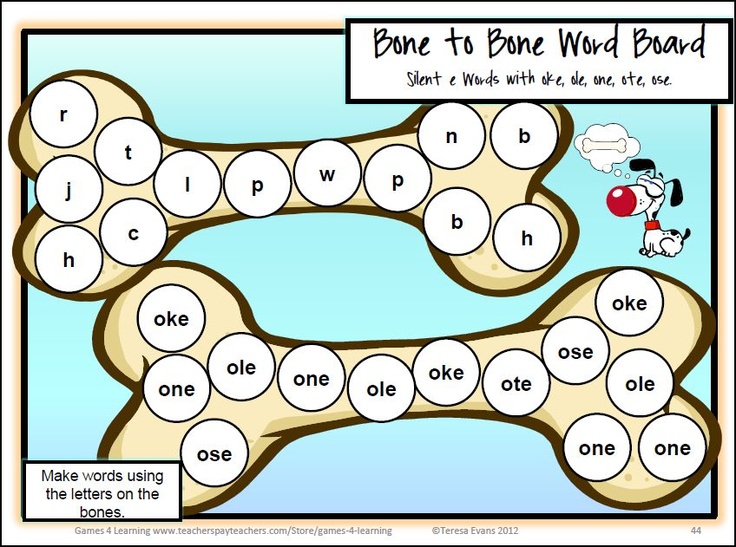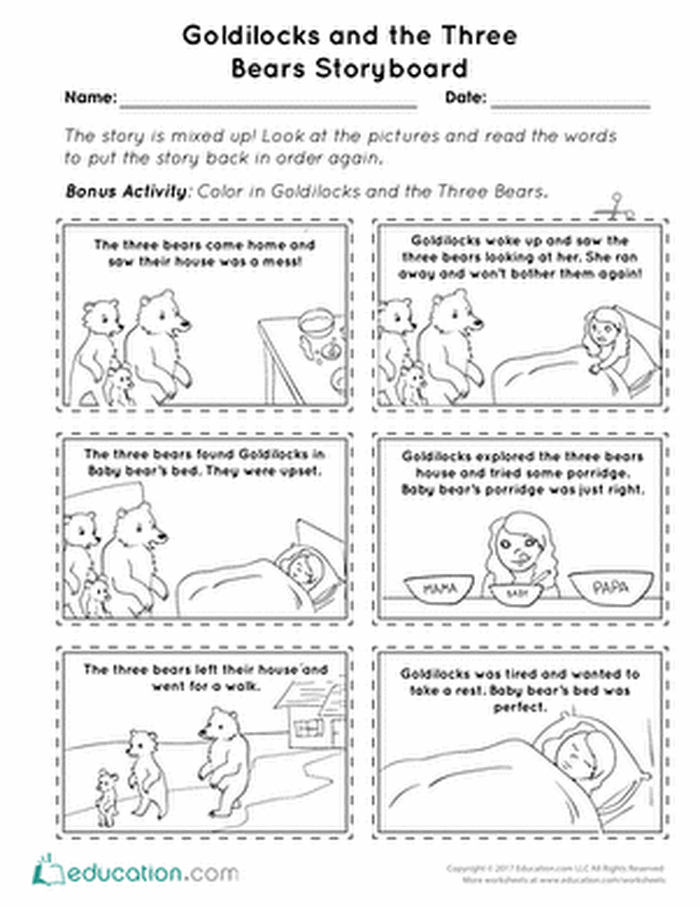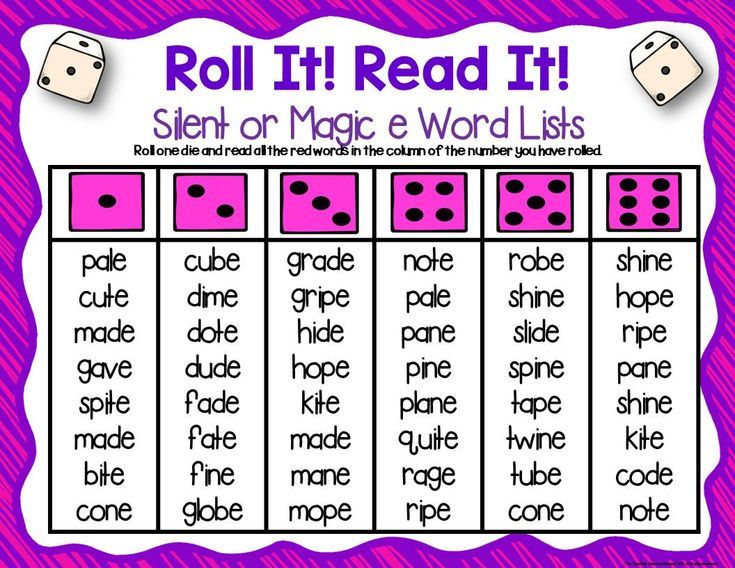Number teaching games
10 Super Fun Classroom Games With Numbers
Kids must practice numbers and counting a lot before they can use them confidently and fluently. For kids, this can be quite challenging, especially if English is not their first language. An incredibly effective way to teach English numbers is through playing games.
On this page, you can find ten incredibly fun games with numbers that you can use in your class to teach English numbers to kids. If you like the game ideas on this page, check out our other post about guessing games for more inspiration for your next classroom activity.
Related: Numbers Lesson Plan / Numbers 1 to 100 Spelling Chart
1: One, Two, or Three, Game
This counting game with numbers is incredibly fun and helps beginner learners to practice basic numbers. To start, choose a number that you are going to count to. A good number for this is 31, but you can use any number. Students will take turns counting until they reach 31.
When it’s their turn, students have the choice to say one number, two numbers, or three numbers. The student who says the last number (31) is out.
So, for example, the first student may decide to say two numbers and say “one, two”. Then, the next student may decide to say three numbers and say ” three, four, five”. The next student then may choose to say one number and say “six”. The game continues like this until one student says the last number (31) and is out. This game is great for practicing basic numbers but can also be used with ordinal numbers (first, second, third, etc.) and to practice the date.
2: One, Two, Three, Stand-Up Game
As well as practicing numbers, this game is great to use as a warm-up activity. To begin, choose a number to count to. The number you choose will depend on your class size and how difficult you want the game to be. For this example, let’s choose the number 5. Then, tell the students that when the teacher says ‘Go!’, one student from the class must stand up and say the first number (one).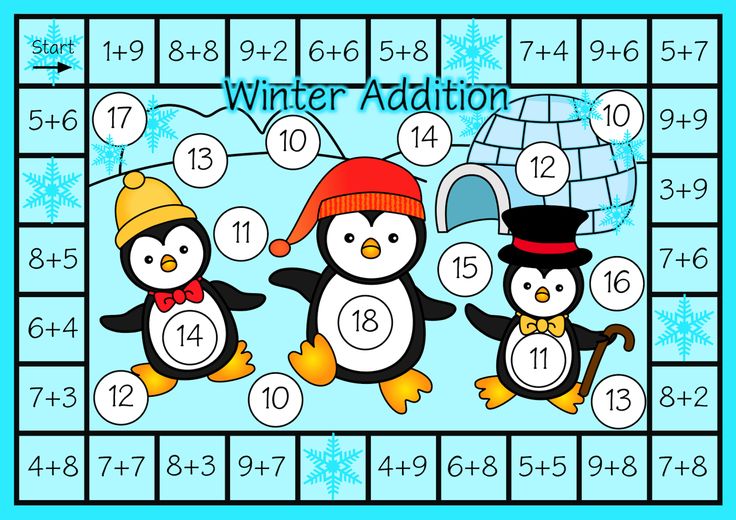 Then, another student must stand up and say the next number (two). And so on until they get to five. Any student can stand up at any time they want. If two students stand up at the same time and say the same number, then they lose.
Then, another student must stand up and say the next number (two). And so on until they get to five. Any student can stand up at any time they want. If two students stand up at the same time and say the same number, then they lose.
If you have a large class, then an alternative way to play this game is to divide the class into teams. Give each team 3 chances to get to five. If they succeed, then they get a point for their team.
3: Zingo Number Bingo
Zingo is an award-winning game that develops children’s counting, addition, and number recognition skills. It is a fast-paced and exciting bingo/matching game.One set can be played by up to 6 players. To play, each student will have a different ‘zingo card’. Then students will take turns in sliding the ‘zinger’ to reveal a number card. The student must then try to match that number card to a number picture on his/her zingo card. The first student to fill up his/her zingo card is the winner. All the materials that come with the Zingo game are durable and can be re-used.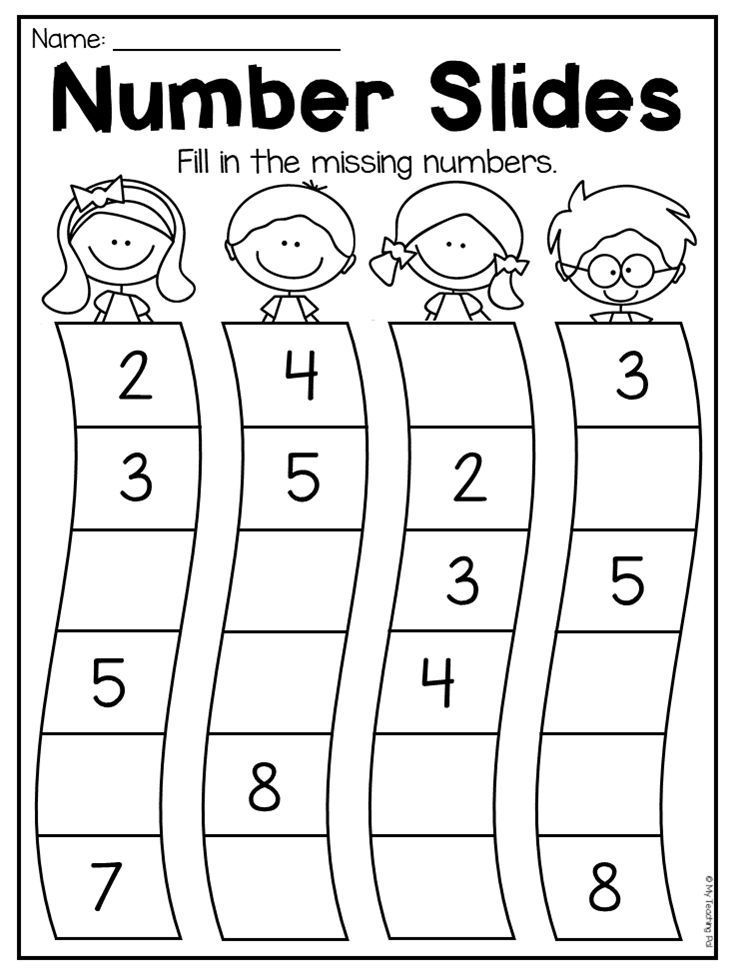 So, by having a few sets of this game in your classroom you will have a fun and exciting numbers game to use in your class for years to come.
So, by having a few sets of this game in your classroom you will have a fun and exciting numbers game to use in your class for years to come.
4: Number Guessing Games
How Many Game
Please enable JavaScript
A great way to practice numbers while also teaching ‘How many?’ and plural nouns is to play a fun numbers guessing game. Here is one of Games4esl’s ‘Telepathy Games’ about animals and numbers.
In this game, students will be asked, ‘How many (puppies)?’ and then they will see two possible answers. They must choose ONE and write it down. To help them guess the answer they can use ‘Telepathy’ to read the teacher’s mind.
This kind of game is so simple, but kids absolutely love it! Especially when they guess it correctly. For more ESL activity videos, check out our videos page.
5: Liar Game
This fun ESL card game can be used to review numbers. For this game, prepare a set of number cards for each student (for this example, we will use a set of 10 cards numbered 1-10).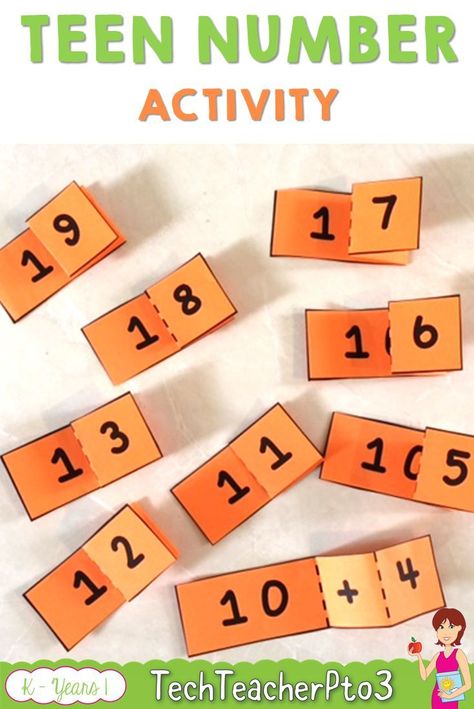 Give one set of cards to each student and put them into groups of 3/4.
Give one set of cards to each student and put them into groups of 3/4.
Next, ask students to put all their cards face down in the middle of the group and mix them up. Once the cards are mixed, ask students to take 10 random cards and tell them not to show the cards to the other students. Now the liar game can begin.
Students will take turns and MUST put down the cards in numerical order. As they put down the card, they must say that number out loud. For example, the first student should place the number one card face down in the middle and say “one”. Then, the next student must place the number 2 card in the middle and say “two”. If a student doesn’t have the next number card, he/she must lie! So, in this example, the next number is 3. If the student doesn’t have the number 3 card, then he/she must put down a different card while saying “three”.
If, at any point during the game, a student thinks that another student is lying about the card that they placed down, then they can accuse them and shout, “Liar!”.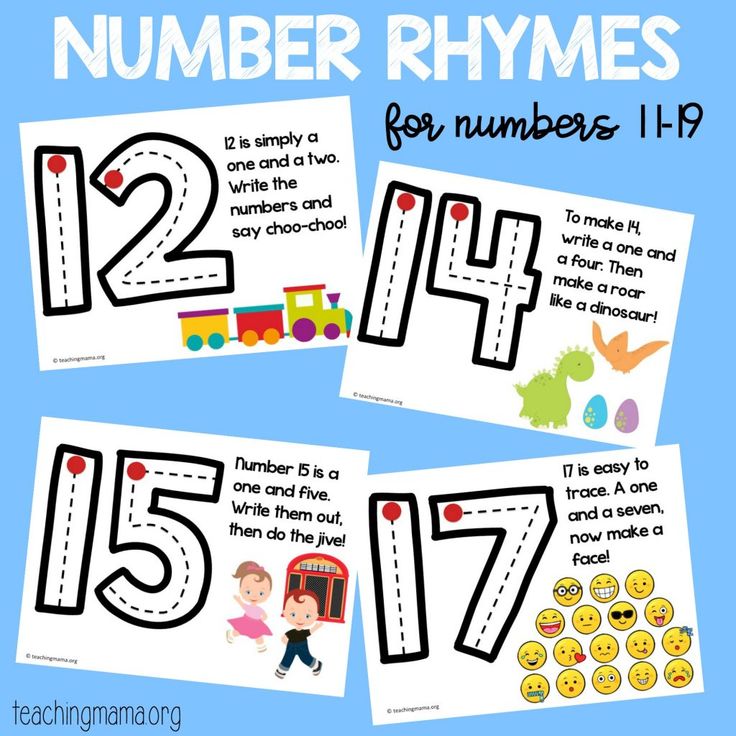 If they are correct and the student was lying, then the student who lied must pick up all the cards in the middle. If a student accuses another student of being a liar, but they did not lie, then the student who shouted “Liar!” must pick up all the cards in the middle. This game is a lot of fun and can be used with other topics, not just numbers.
If they are correct and the student was lying, then the student who lied must pick up all the cards in the middle. If a student accuses another student of being a liar, but they did not lie, then the student who shouted “Liar!” must pick up all the cards in the middle. This game is a lot of fun and can be used with other topics, not just numbers.
6: Number Swap
This fun counting game will help students practice numbers while testing their concentration. To play, decide a number that you are going to count to. Let’s say 21 for this example. Then ask students to make a circle. Next, point at one student to start the counting. That student should say “one”, then the next student should say “two”, and so on, clockwise around the circle. The student who says “21” gets to swap one of the numbers for a silly word (e.g. number 3 = banana).
Next, the counting starts again, but this time instead of saying the number 3, students should say ‘banana’. If students forget, and say number 3, then the counting starts again at 1.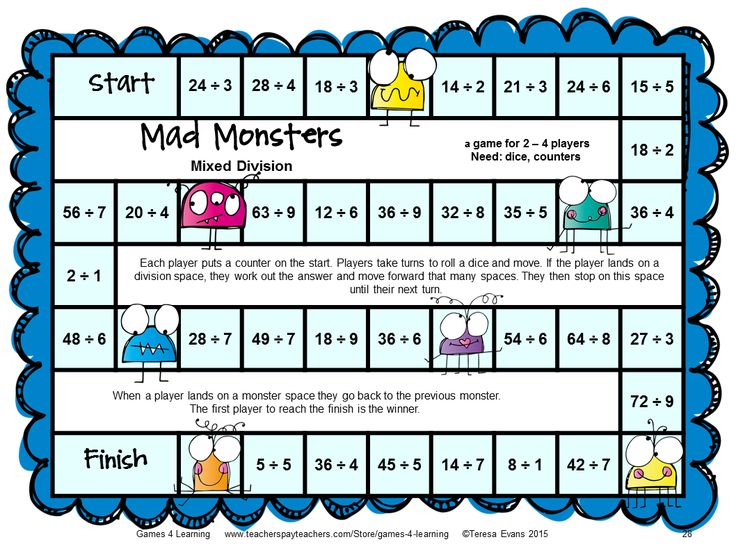 If they count to 21 without making a mistake, then they choose another number to replace with a silly word.
If they count to 21 without making a mistake, then they choose another number to replace with a silly word.
Once you have 3 or 4 silly words the game becomes incredibly fun and it will really test your students’ concentration.
7: Dice Game – Draw A Monster
This game is great for practicing basic numbers and body parts at the same time. To play, write the parts of a body on the board. For example, eyes, ears, mouth, nose, head, arms, legs, etc. Then for each body part, roll the dice (or ask a student to roll the dice) and write that number next to the body part word.
Next, tell students that they must draw a monster with the same number of body parts as is written on the board. Give students 10 minutes or so to draw their monster, and then students can show their monsters to the class.
Another way to play this game is to give each student a die. That way, each student will have a very different monster. Then, when showing the monster to the class, the students can describe their monster using sentences and numbers (e.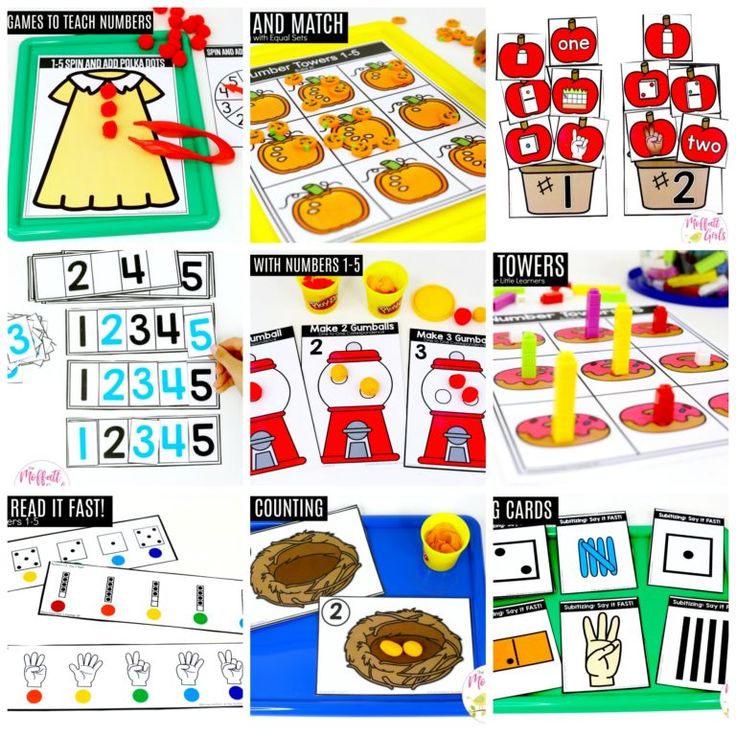 g., “It has five eyes.” “It has three mouths.“, etc.).
g., “It has five eyes.” “It has three mouths.“, etc.).
8: Make A Group Number Game
This is a very active game to practice numbers that will get your students up out of their seats. For this game, you need a lot of space, so if possible, play this game outside. If not, you can play in the classroom if it is safe to do so.
To play, students must walk around while listening to music. When the music stops, the teacher will shout, “Make a group of (4).”, and students must quickly try to get into a group of that number. The students who do not get into a group of that number are out.
9: Bingo Games
Bingo games are wonderfully simple to make and are very effective when teaching numbers. Here are two variations of bingo you can try in your English class:
Classic Bingo – Ask students to draw a 3×3 grid of squares and then choose nine numbers between 1-20 (or whichever numbers you are teaching) and write them in the squares.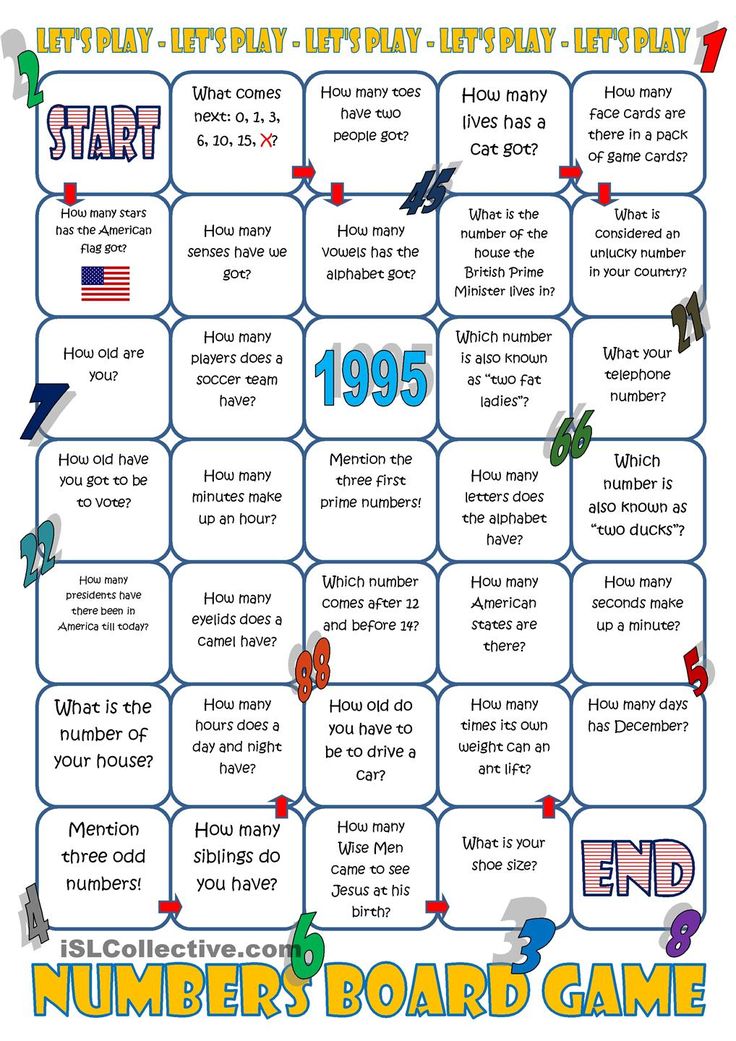 Then, the teacher will call out a number, and if that number is on the students’ bingo sheet, then they should cross it out.
Then, the teacher will call out a number, and if that number is on the students’ bingo sheet, then they should cross it out.
A student gets bingo when they cross out all the numbers in a horizontal, vertical, or diagonal line. To make the game last longer, you can tell students that they must make 2/3 lines of bingo to win. Alternatively, make a bigger bingo grid of 12 (3×4) squares or 16 (4×4) squares to make the game more challenging.
Line Bingo – To play line bingo, you need to prepare some number cards for the students. Give each student a set of number cards ( around 8 – 10 cards is best). Then ask students to arrange their cards in a horizontal line in any order they choose. Once students have done that, the game can begin.
As the teacher calls out a number, students should check their line of cards to see where that number is. If the number is on the left end or the right end of the line, then the student can turn that card over. If it is in the middle of the line, then the student cannot turn it over.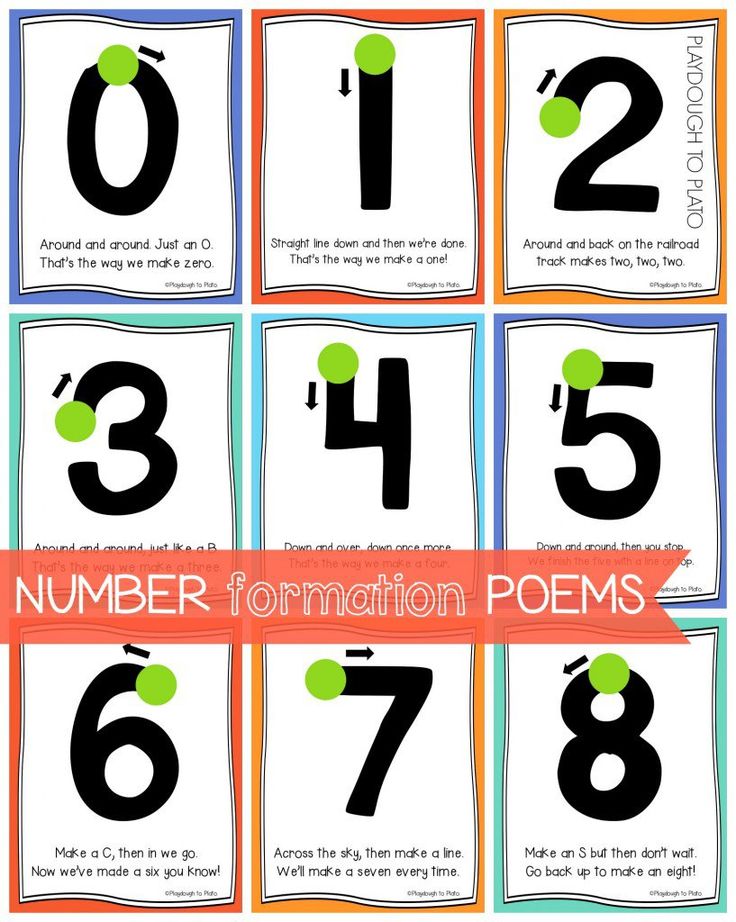 The aim of the game is to turn over all the cards to get bingo.
The aim of the game is to turn over all the cards to get bingo.
10: Number Puzzles
Puzzles can be a great way to review numbers and practice reading and writing out the words. An easy way to quickly make your own puzzles for class is to use a puzzle maker. To make your own word searches, simply type in the number of words you want to practice into this word search maker. To make a numbers crossword puzzle, simply type in your words and clues into this crossword maker.
Thanks for reading. I hope you found some fun games with numbers for your next class. Before you go, don’t forget to check out our free lesson resources, including classroom games, PPT Games, Worksheets, and more.
20 Super Fun Number Games for Kids
*Learning Checklists · Plato's Blog
Hands-on number games are a great way to help kids learn how to read, write and understand numbers. This list of 20 “why didn’t I think of that?!” fun number games shares our favorite finds from across the web.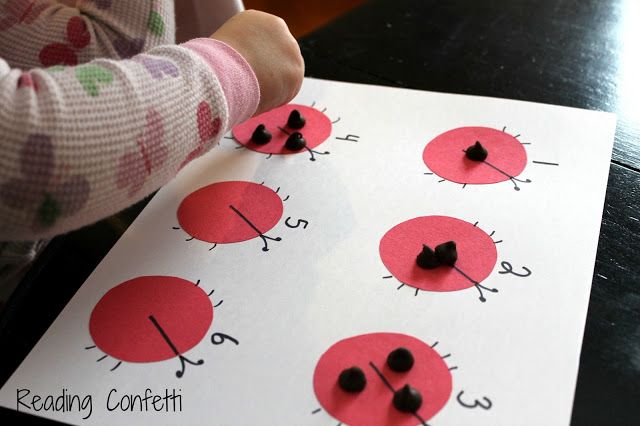
Snag your activity and then hop over and grab our bundle of best-selling Pre-K centers in our shop or on Teachers Pay Teachers!
Writing Numbers
Teach kids silly chants to help them remember how to write numbers.
Then, work on a batch of motivating activity sheets.
Print some number playdough mats and trace the numbers with rolled dough. Fun number games get even better with playdough!
Number Concept: What Numbers Really Mean
Write one number on each finger to help kids connect written numbers and counting. // In Lieu of Preschool
Cut out a square from a manila envelope, slide a jumbo-sized number inside and have kids guess what’s inside. Such a fun way to have kids explore what numbers look like. // Education.com
Need an active way to help kids learn numbers? Hand over an index card and a hole punch and have kids punch away. // Discover Explore Learn
Create number bags kids can explore to study one number at a time.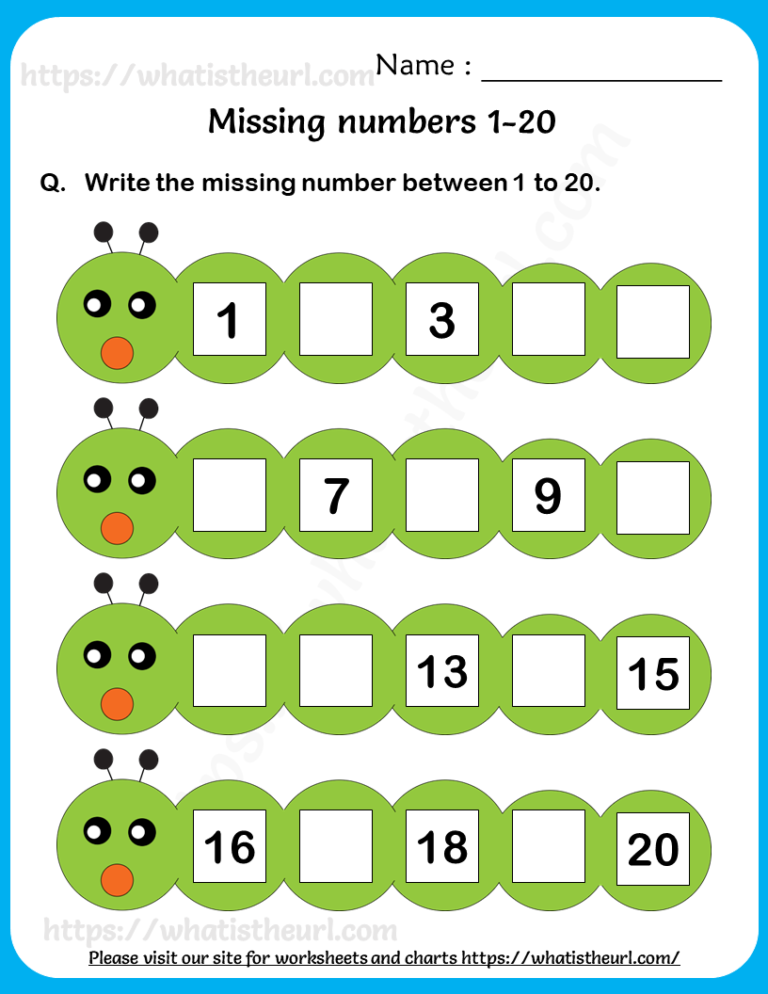 // J Daniel 4s Mom
// J Daniel 4s Mom
Whip up a batch of number trail mix.
Swap out Guess Who? faces for numbers and have kids guess their way to figuring out the right number. // Classe Granedine
String beads on pipe cleaners to practice number concept. // Krazy in Kinder
Make a life size ten frame with black paper plates. // Two Friends in First
Help kids see different combinations that make ten with a rainbow. // A Cupcake for the Teacher
Grab a Ziploc bag and slide some counters inside to make easy number concept bags showing different combinations that make the same number. // Mrs. T’s First Grade Class
Make DIY teen boards to teach kids about teen numbers. // A Handmade Childhood
Turn a pipe cleaner and bead into an easy sliding number line. // Mrs. T’s First Grade Class
Skip Counting
Introduce Odd Todd and Even Steven to teach kids about odd and even numbers. // The First Grade Parade
Or grab a printable version of the Odd Todd and Even Steven posters. // The STEM Laboratory
// The STEM Laboratory
Teach kids how to count by tens by making two copies of a hundreds chart – one on white paper and one on colored. Cut the colored paper into strips children can use to highlight one counting by ten column at a time. // Math Coach’s Corner
Use paint chips to help kids practice skip counting. Laminate the cards to use them again and again. // A Kentucky Kindergarten
Make a ten more-ten less number cross to show kids how numbers are connected.
Looking for More?
Snag your activity and then hop over and grab our bundle of best-selling Pre-K centers in our shop or on Teachers Pay Teachers!
Similar Posts
90,000 development games Learn numbers for childrenContent
- Cards with “Learn numbers”
- Cose-ciphera
- Cover the correct numbers
- numbers
- of the game “Learn numbers” for children
- NASE!
- Make a number
- Numbers by numbers
- Finders
- Pantomime
- Laughter
- Gymnastics by numbers
- Find the mistake 900 with numbers 5 Memory 0005 Tangram “Figures”
- Coloring numbers
- Table games “Learn numbers” for children
- Mixed Domino
- Print tasks “Learn numbers” for children
- Digital Labyrinth
- We count on fingers up to 10
Developing games “Developing games” Learn numbers" for children: a selection of fun games and tasks. Print out children's tasks with numbers for preschoolers.
Print out children's tasks with numbers for preschoolers.
Children aged 2-5 usually do not yet know all the numbers, but only name or “recognize” some of them. Kids confuse a number and a number, a number and a letter, they confuse numbers with each other: zero and the letter 0, G and 1, 2 and 5, 9and 6, 1 and 4, etc. Often violate the sequence between adjacent numbers from a series.
Certain difficulties arise in some children when the result of the count must be indicated by a number or the figure must be correlated with the required number of items.
Lessons "Learn numbers" for preschool children will allow you to easily and quickly eliminate such problems in a playful way.
Here: games for children "Let's learn letters".
Cards with sheep "Learn numbers"
Educational cards - visual material, convenient for explaining any topic. Therefore, it is successfully used in the study of numbers.
Copy-book numbers
Here: Print additional copy-book numbers for children.
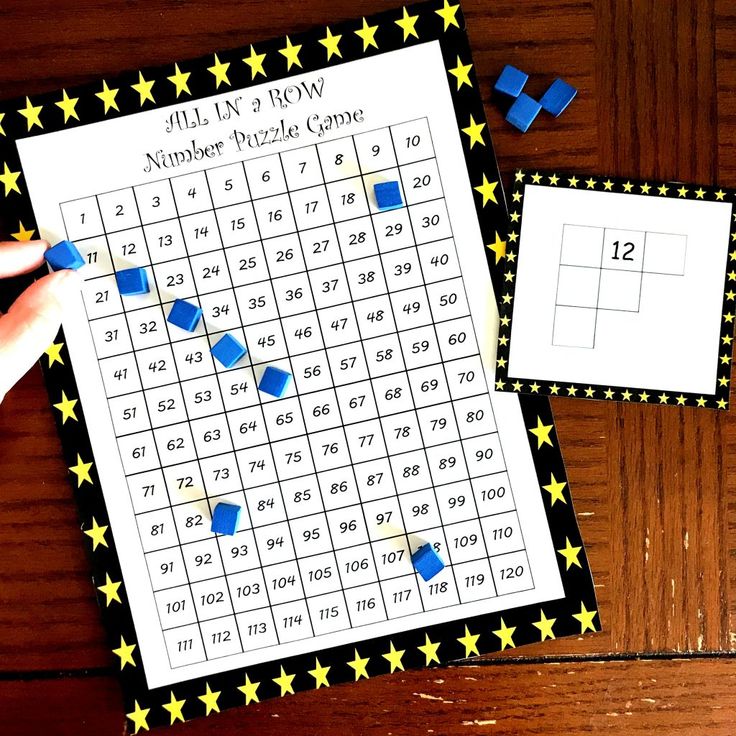
Circle the correct numbers
Lego numbers
Learning numbers games for kids
Name it!
Numbers made from different materials are considered: paper, cardboard, fabric, printed on cards of different sizes and colors, written or printed, etc. In the process of such a lesson, you can find out what numbers the child knows and where he saw them.
Make a number
It is proposed to lay out numbers from circles, sticks, cubes, triangles, mosaics, mold them from plasticine, clay. You can cut out numbers from velvet or plain paper, old newspapers or magazines, fabrics and stick them on.
For plasticine figures there is a wonderful manual - Plasticine account. It will teach a child to sculpt a number and help to remember it by creating an illustration for it from plasticine.
Numbers by cells
It is necessary to paint over the cells, as in the sample, and get numbers from 0 to 9.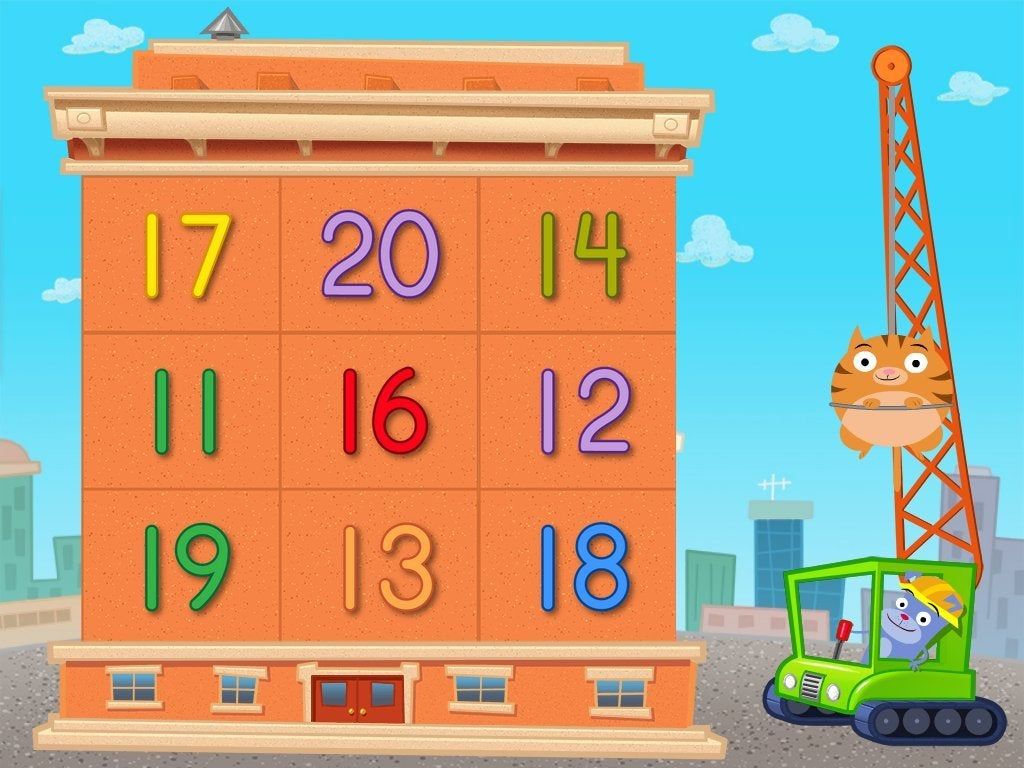
Finders
Cards with numbers are laid out on the table. The child receives a card with a number. You have to find yours.
Pantomime
The adult draws a number in the air with his finger, and the child guesses it, then they switch roles.
Laughers
By drawing or drawing, the figures turn into "little men", "animals" or other funny figures.
Gymnastics by numbers
An adult offers (squat, jump) to a child as many times as the number indicates.
Find the mistake
The child is shown two cards. The kid needs to determine whether the image of the number on one card matches the number of circles, triangles or objects on the other card.
Memory with numbers
The child examines cards with numbers and memorizes them. The adult swaps them. The kid points out what has changed. If any card is removed, the child guesses which number is gone.
Tangram “Numbers”
Sensorics will help you remember writing numbers: write numbers, mold from plasticine, lay them out from buttons, pompons, figurines, sticks . .. Here are the numbers from the tangram.
.. Here are the numbers from the tangram.
More tangram tasks here.
Coloring pages for numbers
You can take coloring pages with numbers and invite your child to color them. The child will be interested in creativity, and at the same time consolidate knowledge about the new figure.
Here: Print out the number coloring tasks.
So that the coloring process does not bore the child, you need to use various interesting techniques for this
- paint numbers not only with pencils, but also with paints, wax crayons, stamps;
- lay out numbers from sticks, cubes, mosaics, buttons, peas, pebbles;
- model numbers from plasticine,
- color with fingers using finger paints;
- use non-traditional drawing techniques: cotton buds, crumpled paper, blots, etc.
Board games "Learn numbers" for children
Any walking board games teach counting. Children must understand the number corresponding to the number of dots on the top face of the die that has fallen out, and make the corresponding number of moves forward.
When your child has learned to easily count up to 6, play with two dice at the same time, so you will train not only numbers and numbers up to 12, but also addition.
Download and print board games for free!
Mixed domino
The difference between this domino and the classical one is that the child must quickly analyze and correlate the written number and the number of dots.
It is difficult to play with paper dominoes;
Includes 36 dominoes.
Print tasks "Learning numbers" for children
Digital maze
Counting on fingers up to 10
And what tasks for children for learning numbers from the proposed did you like ?
online learning and learning sessions
Educational games / 7‑8 years
All children like developing activities if they are carried out in an entertaining way.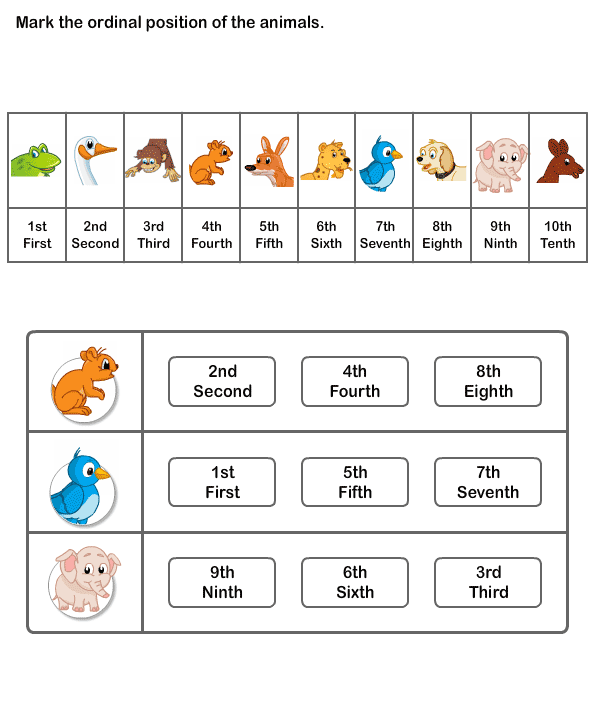 With LogicLike, even difficult cognitive and learning tasks turn into in Game.
With LogicLike, even difficult cognitive and learning tasks turn into in Game.
LogicLike - DEVELOPMENT IN GAME FORM!
- 2500 interesting tasks
- Awards and achievements
- Measurable progress
- Wits + Confidence
We have everything you were looking for
Try the LogicLike course in game form!Start the game!
Choose where to start!
Logic games
Thinking course
Like it - save your progress and open access to all our games.
Logic games for children 8 years old
Logic games and tasks from LogicLike help develop analysis skills, teach you to compare, generalize and classify, find patterns and draw conclusions.
Logic tasks
put things in order
Puzzle with matches
Sets
Math Games
Count the cubes
Insert a number or sign
Smart account
Continue the pattern
Honeycombs and Sudoku
weigh-ins
Should the lessons be interesting?
The age of seven or eight can in many ways become decisive for a growing child.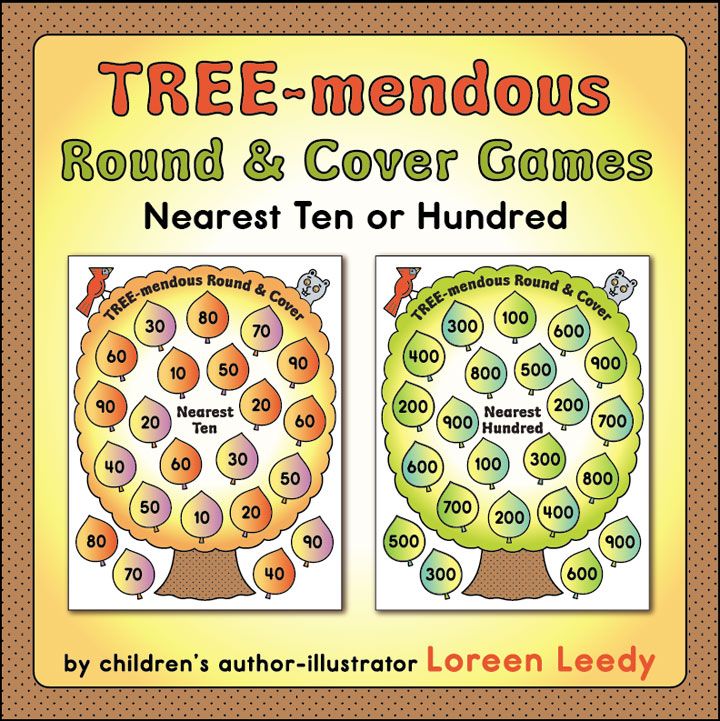 Too much school tasks that are simple for a capable student in grades 1-2 often reduce cognitive interest.
Too much school tasks that are simple for a capable student in grades 1-2 often reduce cognitive interest.
It's time to think and reason with your child:
- about what school subjects he likes and what he would like wanted to supplement them;
- about his interests, dreams, what he likes to do now and what he would like to do when he grows up;
- what skills and abilities will definitely come in handy in life, what can be the foundation for academic and career success.
On the LogicLike.com platform, we have combined the best tasks and puzzles in a step-by-step course for the development of logical and mathematical thinking.
Games for attention and memory
Shape games
Number Games
Riddles for the attentive
Truthful and liar
Cognitive and educational games
Simple riddles and questions
Tricky riddles
Guess by description
Item Addresses (coordinates)
King on the hunt
Go through the numbers
Educational activities for every day
It is important to dilute the online environment familiar to the child with the right offline activities.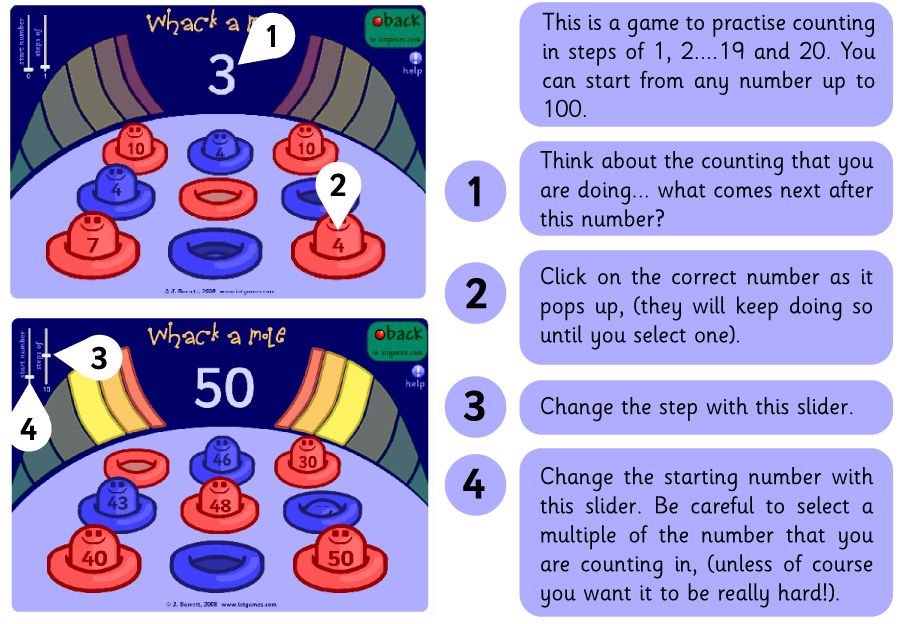 Healthy explain to the child that it is necessary to develop comprehensively and purposefully. Okay if it works build a student's day in such a way that it includes not only study and rest.
Healthy explain to the child that it is necessary to develop comprehensively and purposefully. Okay if it works build a student's day in such a way that it includes not only study and rest.
For harmonious development, try to add daily sports, tasks that a 2-grader can do care and assistance to parents. Here are some ideas for the harmonious development of an 8-year-old child:
- Outdoor activities 2-3 hours a day: active outdoor games, quiet walks.
- Household chores, daily and weekly duties will go to the benefit.
- Among the most useful educational toys at this age: puzzles and puzzles, constructors, sets for creativity and for scientific experiments.
